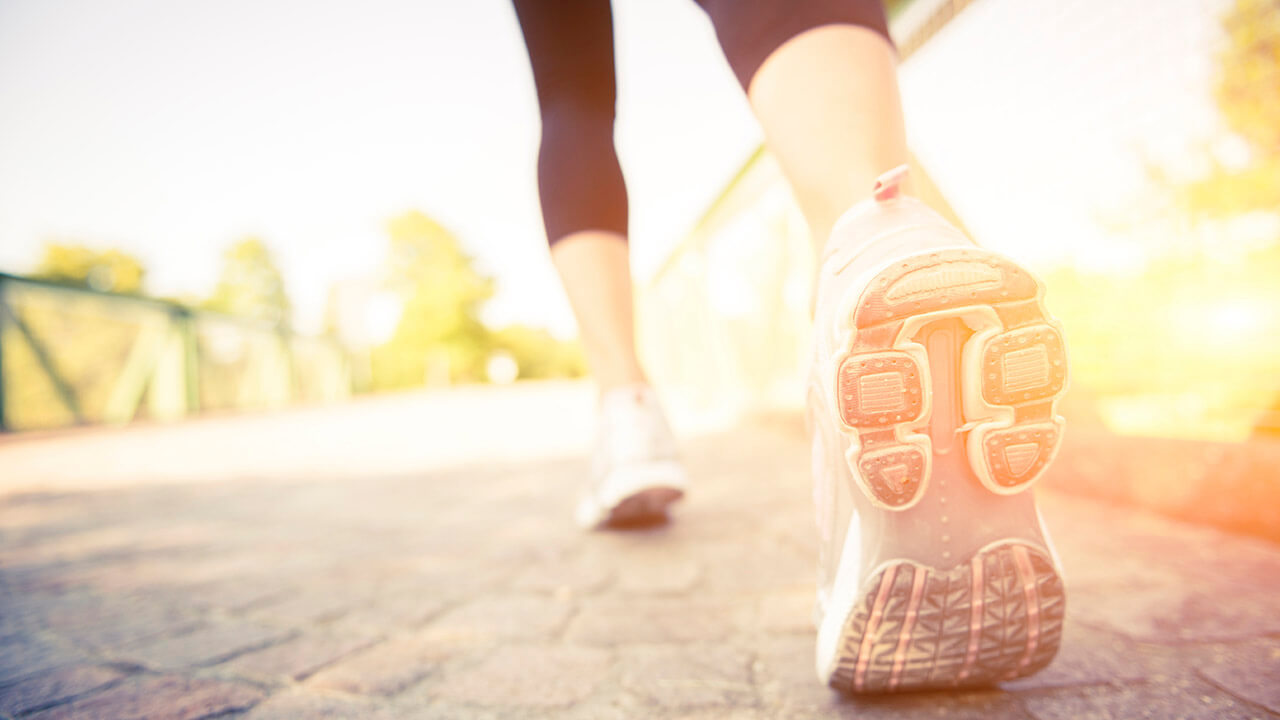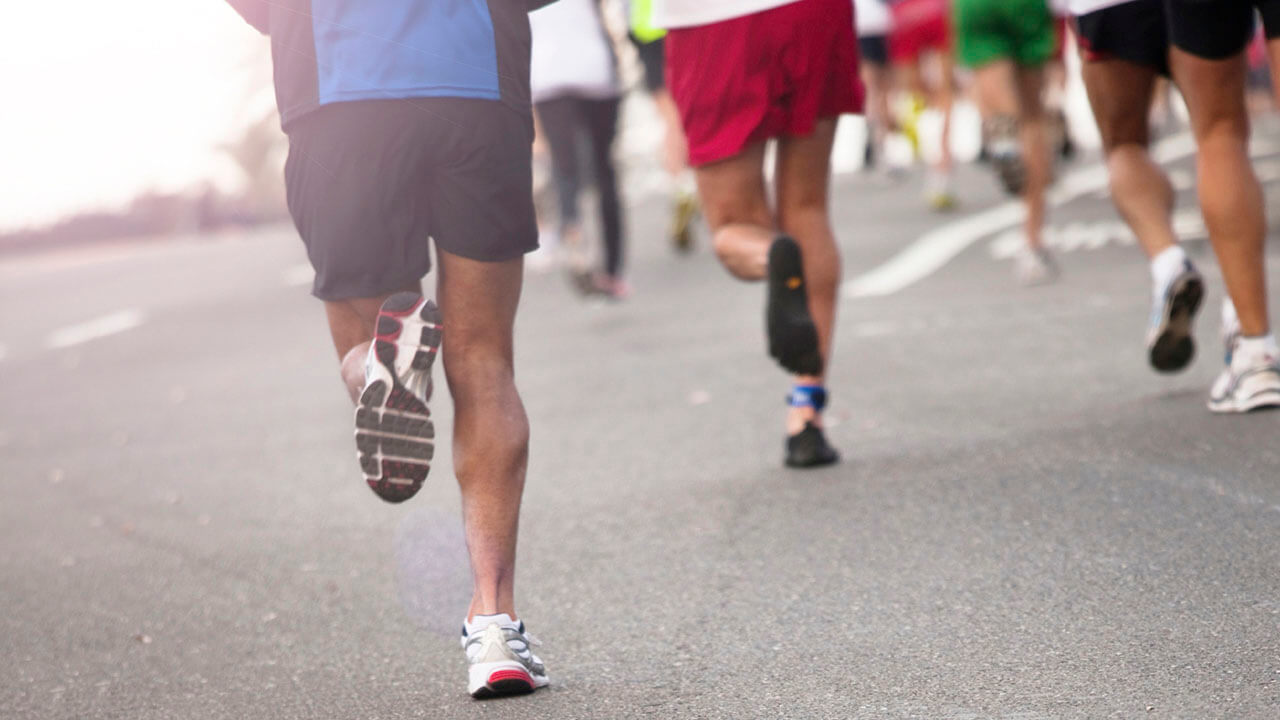Wear comfortable, supportive shoe gear – Whether you are at home, the gym, or the office, protect your feet with comfortable shoes. For additional support, consider using orthotics.
Replace shoes when the materials wear out – Over worn shoes may not absorb shock, provide traction or protect your feet. Check the insert inside the shoe and the thread on the bottom for wear and tear. As a general rule, replace your shoes every 500 miles.
Keep your feet dry – Moisture causes blisters and fungal infections. To prevent this, change wet socks whenever possible. Allow your shoes to dry completely before wearing, alternating shoes from day-to-day if necessary. You can also disinfect your shoes by spraying Lysol or a cloth and rubbing inside the shoes.
Stretch daily – Stretching each leg and foot prevents strains, sprains and pain.
Ease into new exercise programs – slow increases in physical activity allow your body time to adjust to the new physical demands. Training on hard surfaces or uphill inclines can be especially hard on your feet.
Cushion your feet for long periods of standing – Utilize rubber, anti-fatigue mats in areas where you stand often and for long periods. Whether it’s in the kitchen, home or office, a mat can reduce stress on your body.
Use the right foot care equipment – Foot files and pumice stones are the safe, preferred method for removing calluses or corns. Never use razors or pocket knives to treat your feet.
Stabilize your ankles – If you have ankle instability issues, use an ankle brace or slip-on compression wrap to prevent further injury.
Diabetics - get your annual foot evaluation - An annual foot evaluation by a podiatrist helps prevent complications that are associated with diabetes. Check your feet for blisters, rashes and skin changes every day. Contact your doctor with any issues or concerns.
Replace shoes when the materials wear out – Over worn shoes may not absorb shock, provide traction or protect your feet. Check the insert inside the shoe and the thread on the bottom for wear and tear. As a general rule, replace your shoes every 500 miles.
- Running shoes: 3 to 4 months
- Daily work shoes: 6 to 12 months
Keep your feet dry – Moisture causes blisters and fungal infections. To prevent this, change wet socks whenever possible. Allow your shoes to dry completely before wearing, alternating shoes from day-to-day if necessary. You can also disinfect your shoes by spraying Lysol or a cloth and rubbing inside the shoes.
Stretch daily – Stretching each leg and foot prevents strains, sprains and pain.
Ease into new exercise programs – slow increases in physical activity allow your body time to adjust to the new physical demands. Training on hard surfaces or uphill inclines can be especially hard on your feet.
Cushion your feet for long periods of standing – Utilize rubber, anti-fatigue mats in areas where you stand often and for long periods. Whether it’s in the kitchen, home or office, a mat can reduce stress on your body.
Use the right foot care equipment – Foot files and pumice stones are the safe, preferred method for removing calluses or corns. Never use razors or pocket knives to treat your feet.
Stabilize your ankles – If you have ankle instability issues, use an ankle brace or slip-on compression wrap to prevent further injury.
Diabetics - get your annual foot evaluation - An annual foot evaluation by a podiatrist helps prevent complications that are associated with diabetes. Check your feet for blisters, rashes and skin changes every day. Contact your doctor with any issues or concerns.



